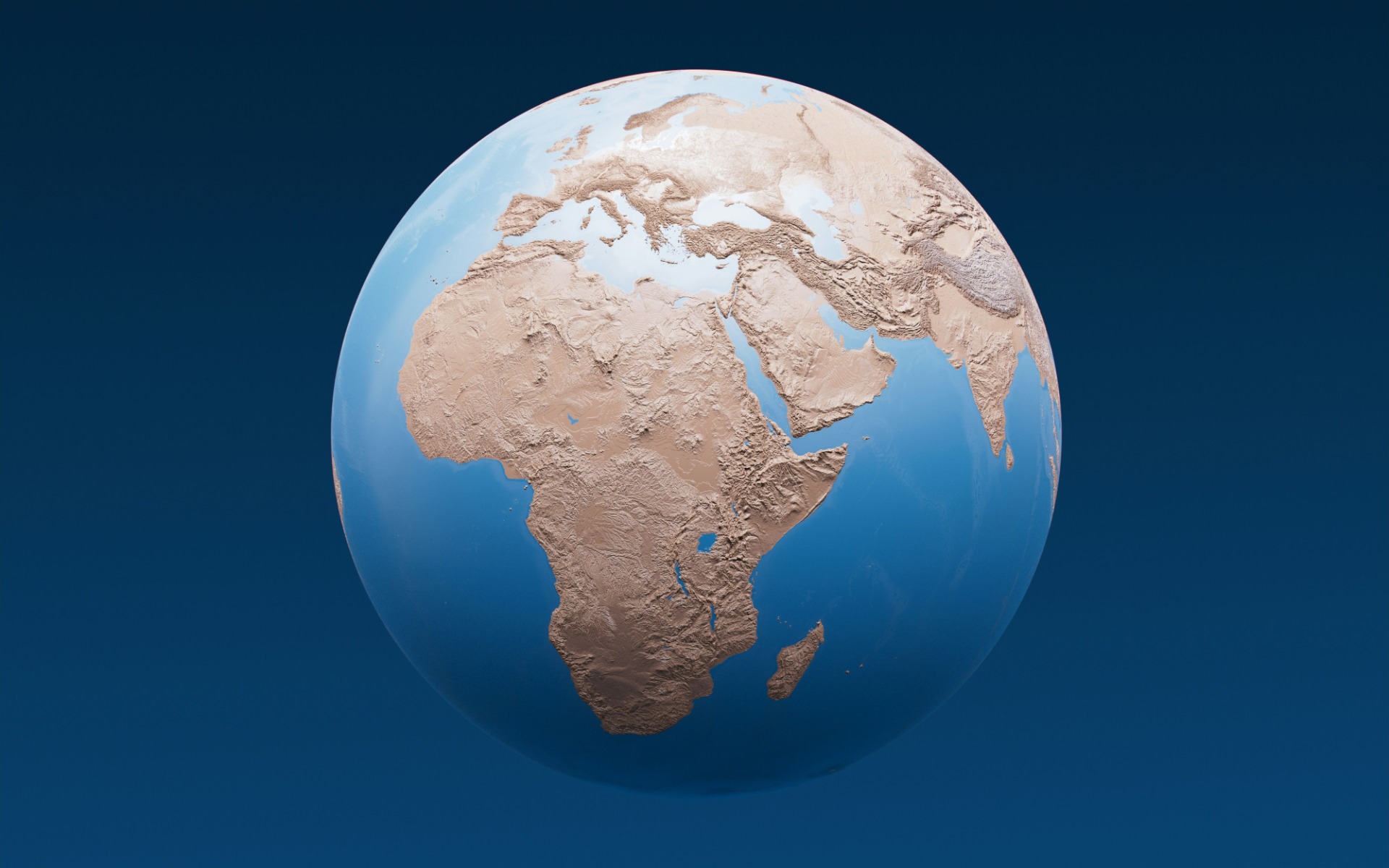Mozambique Trade Networks on Economic Growth
The Impact of Trade Networks on Economic Growth in Mozambique
Mozambique's trade networks and agreements have been instrumental in driving its economic growth, with the country's Gross Domestic Product (GDP) reaching $14.4 billion in 2018. The economy exhibited an impressive average growth rate of 7% annually from 2000 to 2015, and projections indicate continued growth between 6% and 7% for the period from 2023 to 2025. Below, we explore the key impacts of Mozambique's trade dynamics, focusing on export-led growth, foreign direct investment (FDI), regional integration, and policy reforms, while also addressing the challenges that accompany this growth.
Export-Led Growth
Natural Resources
Mozambique boasts substantial natural resources, particularly in coal and aluminum, which are driving its export revenue. In 2022, coal exports reached approximately $2.85 billion, while aluminum exports generated around $1.27 billion in 2023. Furthermore, the recent commencement of liquefied natural gas (LNG) exports from the Coral South FLNG project places Mozambique on a trajectory to become a significant global LNG supplier by 2030.
Trade agreements such as the EU-SADC Economic Partnership Agreement (EPA) and the African Continental Free Trade Area (AfCFTA) further expand markets for Mozambican products. By facilitating trade and removing barriers, these agreements are projected to boost Mozambique's GDP by an additional 0.5% annually. The impact of these natural resource exports is not merely fiscal; they underline the potential for structural transformation within the economy.
Agriculture
Agriculture plays a crucial role in Mozambique, employing over 70% of the population. Trade agreements like AGOA and the SADC FTA have allowed Mozambique to bolster its agricultural exports, yielding a notable increase of $162.9 million in 2022 for products such as cotton, sugar, and tobacco. However, it is important to note that agriculture contributes only about 20% to GDP, primarily due to the prevalence of subsistence farming practices that limit scalability and productivity.
Trade Corridors
Mozambique's trade corridors—the Maputo, Beira, and Nacala corridors—are vital for handling the country's cargo. These routes manage around 40 million tons of cargo annually, and their efficiency has helped reduce trade costs to approximately 60% of the Sub-Saharan average. Investments in infrastructure, such as Vale's $1.7 billion Nacala railway and the $165 million upgrades to the Maputo Port, have enhanced transport efficiencies that are crucial for economic growth.
Foreign Direct Investment (FDI) -Attracting Investment
Mozambique's strategic position and trade agreements have attracted significant foreign direct investment, with inflows averaging $2 billion annually from 1998 to 2005, positioning the country as the fourth largest recipient of FDI in Africa. The energy sector has particularly benefited from this investment surge, with prominent U.S. and French companies like ExxonMobil and TotalEnergies committing a combined $50 billion to LNG projects in Cabo Delgado. Such projects not only generate jobs—approximately 5,000—but also spur demand for U.S. exports.
Infrastructure Development
Infrastructure development is closely tied to foreign investment, with notable contributions from companies like China's Haiyu Mining and the construction of the Maputo-Katembe Bridge. However, challenges do exist; the "hidden debt" scandal in 2016, linked to $2 billion, and ongoing conflicts in Cabo Delgado have deterred some investment, leading to an estimated $500 million in trade losses from 2021 to 2023.
Regional Integration -Enhancing Trade with Neighbors
Mozambique's membership in SADC and AfCFTA significantly enhances trade relations with its immediate neighbors, with South Africa accounting for 40% of Mozambique's exports and Malawi benefiting from access to the Nacala Port. The 2023 Tripartite Agreement among Mozambique, Malawi, and Zambia aims to facilitate further investments in the Nacala Corridor, cutting transit times by 20%.
Job Creation and Poverty Reduction
Projects associated with the trade corridors and LNG ventures are projected to create around 50,000 jobs in Mozambique. These opportunities are critical in a country where poverty remains high, particularly in rural areas. By providing employment, these initiatives contribute to poverty reduction and stimulate GDP growth.
Ongoing Challenges
Despite these opportunities, Mozambique faces several challenges. Post-election unrest in 2024 caused disruptions at the Maputo Port, significantly impacting chrome exports to South Africa and the overall regional trade landscape.
Policy Reforms
Promoting Economic Growth
The Mozambican government has initiated various policy reforms aimed at promoting economic growth. The Pacote de Medidas de Aceleração Económica (PAE), implemented in 2022, seeks to enhance private-sector growth by streamlining business registration processes and reducing trade barriers. These efforts have resulted in improved rankings in the World Bank's Doing Business index, improving from 138th in 2018 to 135th in 2019.
Support from International Institutions
The International Monetary Fund (IMF) provided assistance through a $456 million program in 2022 to support fiscal reforms. However, challenges include the conditions attached to this funding, such as wage freezes, which place additional strain on public services.
Persistence of Barriers
Certain barriers continue to impede Mozambique's trade growth. Corruption, as evidenced by recent export restrictions on pigeon peas, remains a notable issue. Moreover, high customs duties and bureaucratic inefficiencies have the potential to deter trade. The insurgency and climate events, particularly significant cyclones like Idai and Kenneth in 2019, have been estimated to cost Mozambique over 1.1% of its GDP annually by disrupting critical transportation infrastructure.
summary
Mozambique's trade networks and agreements have provided substantial impetus for economic growth, with exports largely driven by coal, aluminum, and agricultural products. As the economy continues to evolve, collaboration within regional frameworks like SADC and AfCFTA stands to further enhance Mozambique's trade capabilities. While challenges such as climate vulnerability, political instability, and infrastructural weaknesses persist, recent developments in trade agreements and investments signal a path forward. By effectively addressing governance issues and fostering a conducive environment for investment, Mozambique can maximize its trade potential, thereby driving sustainable economic growth for years to come.
